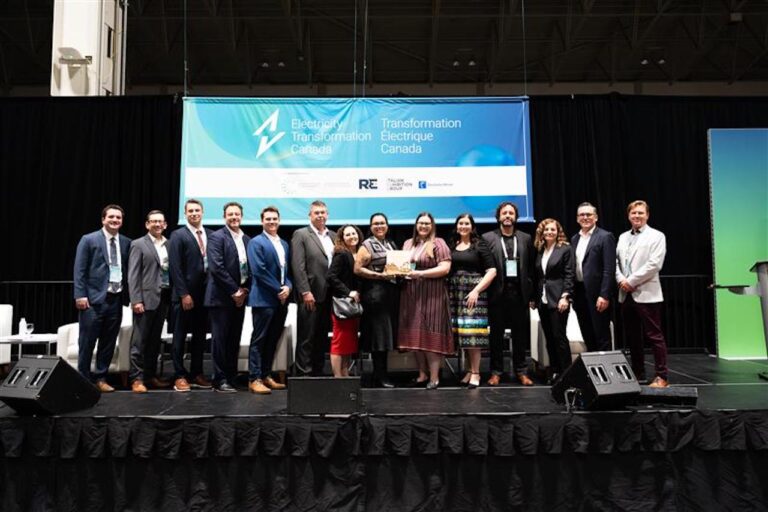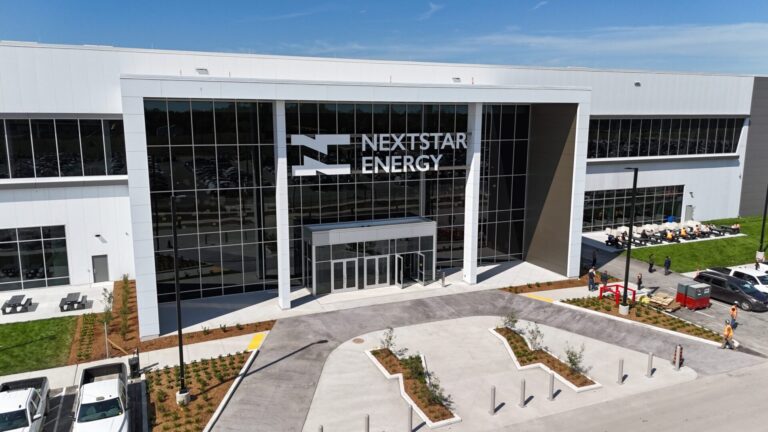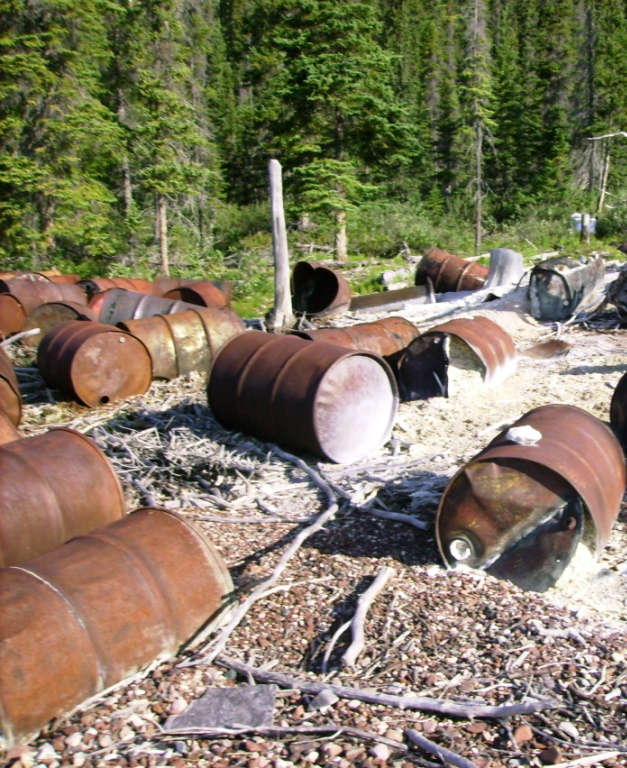Wednesday, October 8, 2025
As artificial intelligence (AI) becomes essential in sectors affecting our daily lives, its rising energy demands are creating new challenges for our energy systems. Compared to traditional search engines like Google, AI-powered chatbots consume much more power per interaction, up to 10 times more. This raises serious questions about the long-term energy security as well as environmental impact of AI’s exponential demand growth and its influence on global energy markets.
An international event aims to tackle this issue and more. CERAWeek, an annual world-renowned energy conference organized by S&P Global, formerly Cambridge Energy Research Associates (CERA), convenes over 450 C-Suite executives, 80 ministers and top officials, and 389 media representatives, with more than 10,000 participants from over 2,050 companies across 80 countries for dialogue on the agenda ahead as the world enters a new era of energy transition.
CERA Energy Week 2025, which just ended in Houston, Texas, a few weeks ago highlighted how AI growing demand is influencing the energy sector’s priorities and investment.
There has been a shift in the tone of these conversations around the globe. From the optimism of COP28 two years ago, where the ADNOC (UAE national oil company) CEO Sultan Al Jaber called for decarbonization in a “just and responsible” manner, to Texas, where he declared, “energy is back”, emphasizing the resurgence of fossil fuels as the only way to propel economic growth. His keynote emphasized a broader industry sentiment energy security and economic growth are now taking precedence over sustainability.
Explaining AI’s Growing Energy Appetite
The energy consumption gap between AI models and traditional digital services is considerable. A typical Google search processes a simple question and returns indexed results from pre-identified web pages, requiring relatively little energy. In contrast, AI models like ChatGPT or Gemini generate instant, detailed responses by activating complex neural networks with billions of parameters and details. This process demands exponentially more computational power.
According to recent estimates, a single ChatGPT interaction can consume up to 2.9 watt-hours (Wh) of electricity, compared to just 0.3 Wh for a Google search. With AI usage growing rapidly, data centers build-up and investment is accelerating beating all the estimates. In 2024 alone, over $250 billion was invested in data centers globally, an amount originally expected by 2027.
For example, Meta is expected to spend between $60B–$65B on data centers in 2025. This is double what META invested in 2024 for the same purpose. Mark Zuckerberg is doubling down on data centers.
This rapid growth in data center development is also driven by massive projects such as Stargate, a $500 billion joint venture between Oracle, SoftBank, OpenAI, and UAE-based MGX. This is a good example of how AI is pushing energy infrastructure and energy markets to their limits.
AI Boom Fuels Energy Shift
The AI boom is transforming the energy market, driving demand for reliable, large-scale power sources. At CERAWeek, industry leaders made it clear: energy security now trumps sustainability. Natural gas once considered a temporary “bridge fuel,” is being repositioned as a long-term base-load energy source. This shift is for instance evident in North Carolina’s recent announcement to add five gigawatts of gas power, signaling that fossil fuels will remain essential for decades.
Even coal, long dismissed because of its emissions, and inefficiencies, received unexpected support during the conference. Some industry executives argued that the AI-powered economy may require keeping coal-fired plants operational to prevent power shortages. While climate activists decried this backslide, the sentiment at CERAWeek was clear: the energy industry is prioritizing growth and stability over short term emission cuts.
Energy Efficiency and Innovation
Despite the positive momentum for fossil fuels, tech giants are still working to make AI infrastructure more efficient and “energy light”. Meta, Microsoft, Amazon, and Apple are investing in innovations aimed at reducing AI’s energy footprint. They are bringing to market more efficient hardware, such as specialized AI chips that reduce power consumption while boosting performance. Additionally, algorithm optimization is making AI models leaner, reducing the amount of electricity required per each interaction. To reduce emissions, tech companies are also increasing their investment in renewable-powered data centers, investing in solar, wind, and green hydrogen to feed their future operations. However, the challenge remains: as AI scales, its energy efficiency gains struggle to keep pace with its meteoric rising demand.
Nuclear power is also gaining traction as a reliable, zero-emission energy source. Leading US tech companies, including Microsoft, Google and Amazon, have been investing in next-generation nuclear reactors to power their AI operations. Nuclear’s reliability makes it particularly appealing for AI as it requires stable, round-the-clock energy to ensure continuity in data processing.
Canada’s Energy Push: Innovation and Security
At CERAWeek, Canada took the opportunity to demonstrate its expanding role in global energy. The country presented several large-scale projects, including LNG Canada and a series of critical minerals project under development. These initiatives not only promotes Canada’s energy independence but also provide stable and reliable supply options for its international partners, offering an alternative to less secure suppliers affected by geopolitical instability.
A major topic covered in Texas, was Canada’s leading role in building sustainable critical minerals supply chain. Given global demand growth for minerals such as lithium, nickel, and rare earth, essential for clean energy technologies, Canada is increasingly becoming both a major supplier and a reliable innovator. The country is also spearheading more sound mining practices and cutting-edge extraction technologies, setting new standards for sustainability in the sector.
The conference also demonstrated Canada’s progress in renewable energy production, including wind, solar, and hydroelectric power, as well as its increasing use of artificial intelligence in energy management. With these initiatives, Canada is emerging as a global leader in energy innovation, offering scalable, sustainable solutions to address the new world’s energy challenges.
Seeking Balance Between Economic Growth and Sustainability
As AI continues to grow creating new markets, boosting productivity, and adding an estimated $15.7 trillion to global GDP by 2030 (14 per cent of GDP growth) its energy needs will intensify. The challenge ahead is finding a sustainable balance between technological growth and climate risk.
Going forward we will need large investment in scalable energy sources to prevent economic bottlenecks. It will therefore be crucial to invest in nuclear energy and renewable technologies in order to reduce the industry’s reliance on conventional fossil fuels.
As discussed at CERAWeek, the future of AI is now deeply dependent on the future of energy. The challenge is to ensure that the world’s hunger for an AI-driven revolution does not come at the cost of its climate risk management plans.

Andrea Zanon is an Environment, Social and Governance (ESG) strategy and resiliency advisor who has advised ministers of finance and over 100 global corporations on how to develop more resilient countries and societies.
Featured image from CERAWeek 2025: Williams leaders touted the benefits of natural gas to lower emissions, power data centers and raise living standards around the world. Credit: X/Williams












